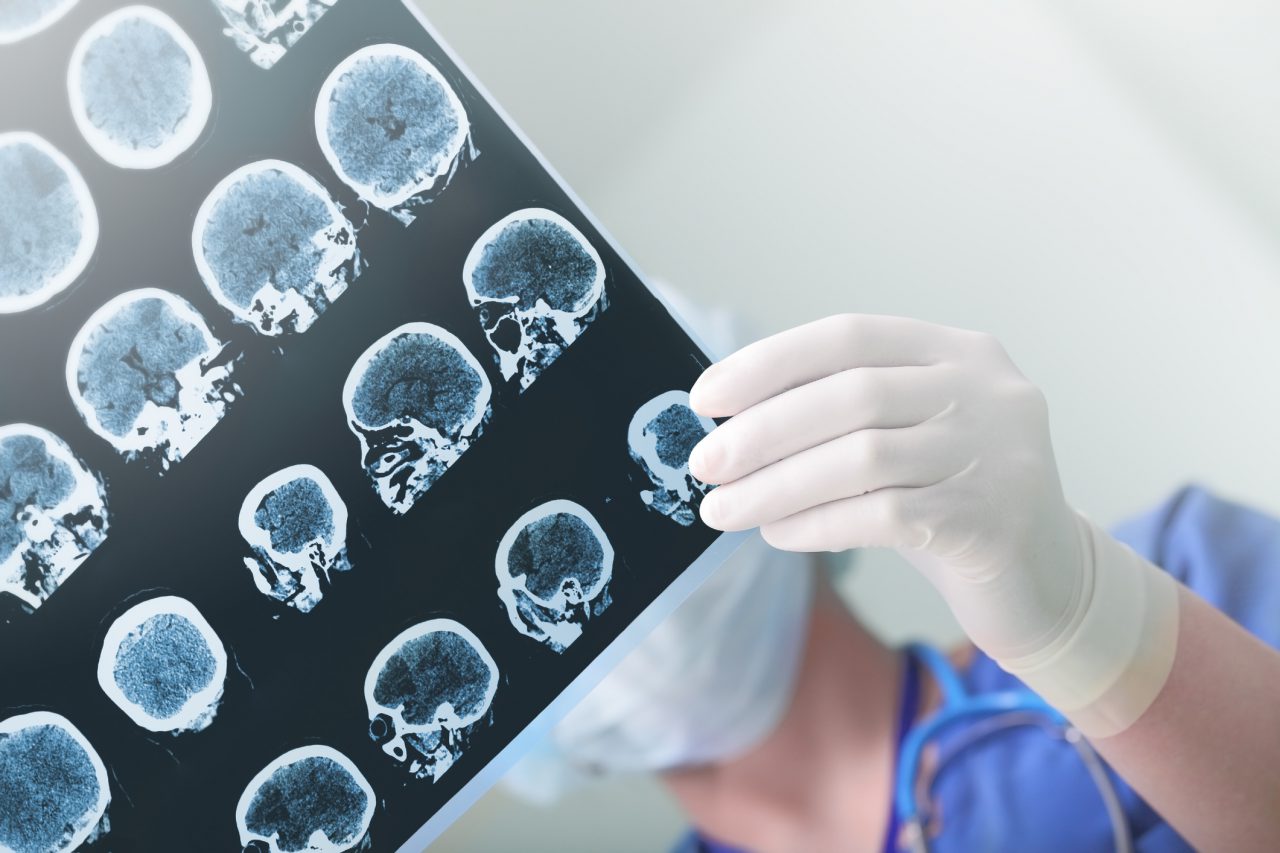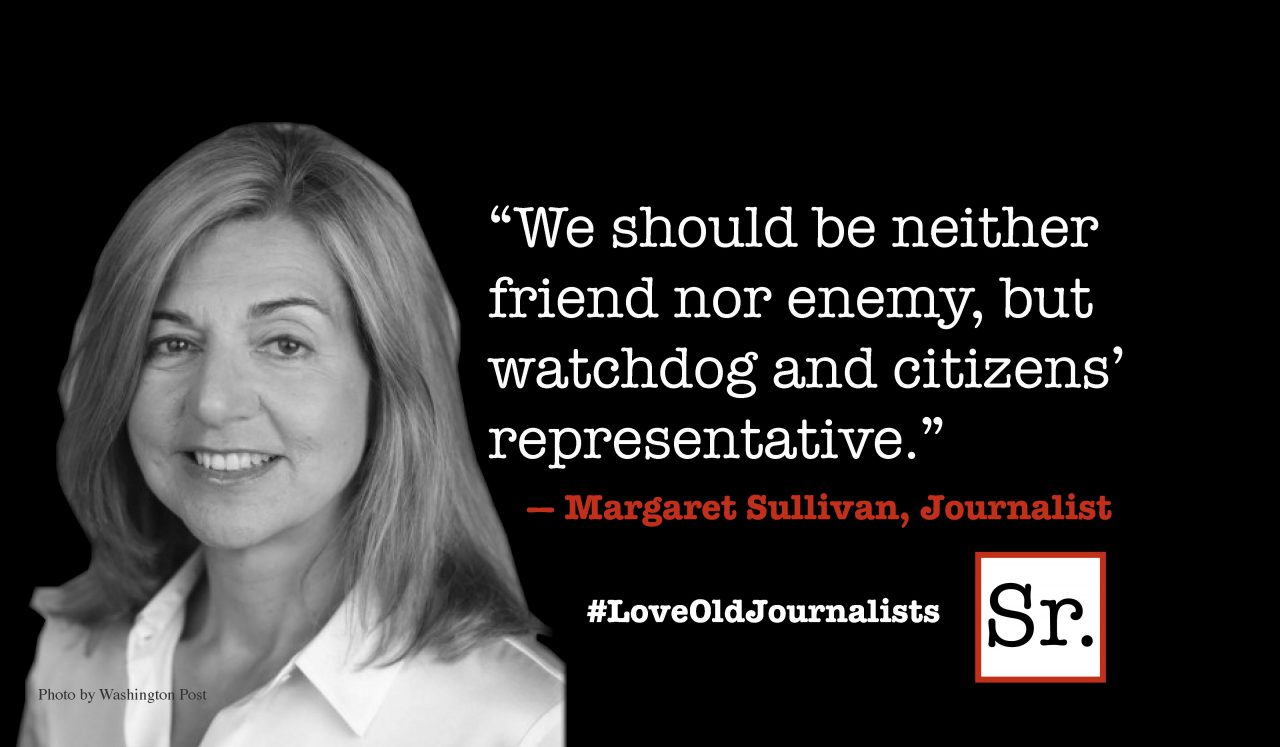Transcranial Magnetic Stimulation (TMS) is a relatively new procedure that is used to treat moderate depression when medication and psychotherapy aren't effective.
TMS was developed in 1985. More study is needed to establish its effectiveness. However, there are other therapies.
Electroconvulsive Therapy (ECT)
Electroconvulsive therapy has been around the longest. It was developed in 1938. It has been proven to be safe and effective for the treatment of depression. ECT is usually employed when antidepressants or psychotherapy aren't working.
The medical community is not certain how ECT works. However, it appears to produce many changes in the brain. One study found an 86 percent remission rate for those with severe major depression.
A popular image of ECT is one of a patient writhing in discomfort on a bed while seeming to be electrocuted. Today, ECT doesn't produce discomfort.
Patients are given general anesthesia and a muscle relaxant first. Electrodes are placed on the head. An electric current passes through the brain, causing a seizure that usually lasts less than a minute. The patient's body shows no signs of seizure. After about an hour, the patient usually is alert and can resume normal activities.
ECT is usually administered about three times a week until the patient's depression lifts. It normally takes six to 12 treatments for results. Sometimes ECT is needed to keep symptoms from returning.
Vagus Nerve Stimulation (VNS)
There's one vagus nerve on each side of your body. Each nerve runs from your brain stem through your neck and down to your chest and abdomen.
When VNS is used, a device is placed under the skin. The device sends electrical pulses through the left vagus nerve. The vagus nerves carry messages to parts of the brain that control mood. The pulses also appear to alter brain chemicals associated with mood such as serotonin.
VNS was originally developed as a treatment for epilepsy. VNS remains a controversial treatment for depression because studies testing its effectiveness in treating major depression have been mixed.
In 2005, the U.S. Food and Drug Administration (FDA) approved VNS for treating major depression if the illness lasted two years or more, was severe or recurrent, and if the depression had not eased after trying at least four other treatments.
Magnetic Seizure Therapy (MST)
Magnetic seizure therapy (MST) is experimental. It uses a magnetic pulse instead of electricity to stimulate a target in the brain. Unlike TMS, MST is designed to induce a seizure like ECT. So the pulse is given at a higher frequency than that used in TMS. Therefore, the patient must be anesthetized and given a muscle relaxant to prevent movement.
MST is designed to be effective as ECT while reducing side effects from ECT. Studies have found that MST produces fewer memory side effects, shorter seizures, and allows for a shorter recovery time than ECT.
The effect of MST on treatment-resistant depression isn't proven. Studies are underway to determine its antidepressant effects.
Deep Brain Stimulation (DBS)
Deep brain stimulation (DBS) was developed to treat tremor, stiffness, walking problems and uncontrollable movements caused by Parkinson's disease. Electrodes are implanted in the brain and controlled by a generator implanted in the chest. Stimulation is continuous and its frequency and level is customized to the individual.
DBS has only recently been studied as a treatment for depression or obsessive compulsive disorder (OCD).









